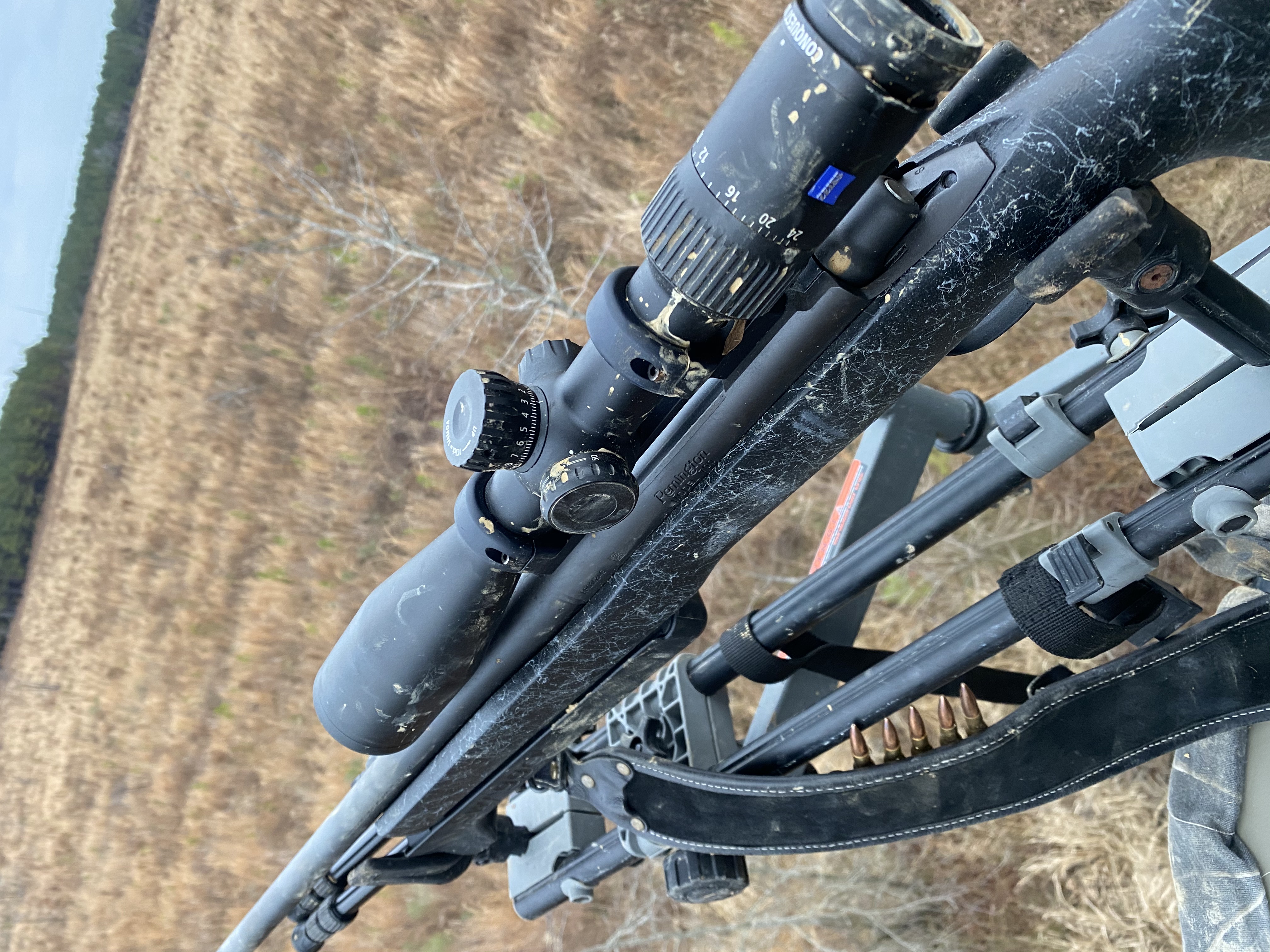
Why a Quality Scope Matters: Making the Most of Your Rifle Investment
Investing in a quality rifle often involves hours of research and, in many cases, a substantial amount of money. But all too often, gun owners put their hard-earned money into an expensive rifle only to skimp on the optic and mounting equipment. This is a critical misstep—because a quality scope is as vital as the rifle itself, if not more. Here, we'll explore why a high-quality scope matters, how to select the right optic, and what factors to consider depending on your shooting style.
The Importance of a Quality Scope
Imagine having a high-performance car with poor tires—it won’t matter how powerful the engine is if you can't control it. The same principle applies to rifles. No matter how accurate or powerful your rifle, a low-quality scope will limit your performance, hinder accuracy, and could even compromise durability in the field. A quality scope ensures that your rifle reaches its full potential, providing consistent clarity, reliable adjustments, and durable construction that can withstand various environments.
What to Consider When Choosing a Scope
Choosing the right scope isn’t just about the price tag. There are several factors to weigh, including your shooting style, typical range, and preferred environment. Let’s go through some key considerations:
1. First Focal Plane (FFP) vs. Second Focal Plane (SFP)
One of the most critical decisions is whether to go with a first focal plane (FFP) or second focal plane (SFP) scope:
- First Focal Plane (FFP): With FFP scopes, the reticle scales with the zoom level. This means that as you zoom in, the reticle appears to grow larger, making it ideal for long-range shooting where you might be adjusting magnification frequently. The advantage of FFP is that holdovers and ranging remain accurate at any magnification.
- Second Focal Plane (SFP): In SFP scopes, the reticle remains the same size regardless of zoom. SFP scopes are popular for hunting and shooting within fixed ranges, as they are generally simpler to use and the reticle is easy to see at any magnification. However, holdover and ranging are accurate only at a specific magnification (usually the maximum).
The choice between FFP and SFP largely depends on your intended use. If you're a long-range shooter or bench rest competitor, FFP may offer greater precision. For hunters, SFP can be simpler and more intuitive.
2. Magnification
Magnification is another important factor. A common mistake is opting for the highest magnification possible, assuming it will make all shots easier. However, high magnification isn’t always ideal:
- Low to Moderate Magnification (1-6x or 3-9x): Ideal for hunting within 300 yards, as it provides a wide field of view and sufficient clarity for shorter distances. Many hunters find 3-9x magnification to be a versatile choice.
- High Magnification (10x and above): Better suited for long-range shooting, bench rest competitions, and situations where precision is key. At higher magnification, however, scopes are more sensitive to movement, making them better for controlled environments rather than dynamic hunting scenarios.
The key is to match the magnification to your environment and shooting needs. Over-magnification can reduce field of view, making it harder to acquire targets quickly in the field.
3. Objective Lens Diameter
The size of the objective lens impacts light transmission, with larger lenses generally offering brighter images. For low-light conditions, such as dawn or dusk hunting, a larger objective lens (e.g., 50mm or more) can be beneficial. However, larger lenses are heavier and can add bulk, so it’s important to find a balance.
4. Durability and Build Quality
Hunting and shooting often expose rifles to tough conditions, so durability is crucial. Look for scopes with rugged construction, ideally with weatherproof, shockproof, and fog-proof capabilities. Many high-quality scopes are made from aircraft-grade aluminum, which provides both strength and lightweight performance.
Specific Scopes for Different Needs
The right scope depends on your specific shooting style. Here’s a breakdown of the types of scopes best suited for various activities:
Bench Rest Shooting
Bench rest shooters benefit from high-magnification scopes that offer extreme precision at long ranges. Look for scopes with fine reticles and precise adjustments, such as tactical or target turrets that allow for minute adjustments. Clarity at high magnifications is essential, as is a stable mount to ensure consistency.
Hunting Inside 300 Yards
For hunting, you may not need extreme magnification. Instead, a lower-power scope with a wide field of view and good low-light performance will be more practical. A 3-9x or 2-10x scope provides enough versatility to adapt to changing distances and quick target acquisition.
Long-Range Hunting and Tactical Use
For those targeting animals or engaging in tactical shooting at longer ranges, look for scopes with features like FFP, ranging reticles, and possibly illuminated reticles for better low-light performance. High magnification and parallax adjustment can also be helpful for precision shots over longer distances.
Final Thoughts
Your rifle is an investment, and your scope should be too. A quality optic can be the difference between a successful hunt or range day and a frustrating experience. While budget scopes may seem tempting, they often lack the clarity, durability, and reliability that quality scopes provide. By carefully considering factors like focal plane, magnification, and durability, you can find an optic that complements your rifle and meets your specific needs, enhancing both performance and enjoyment.
At Cameron Gunsmith, we believe that every rifle deserves a scope that brings out its true potential. If you're looking to upgrade your optic or need help selecting the right scope for your needs, our team is here to guide you through the process.
